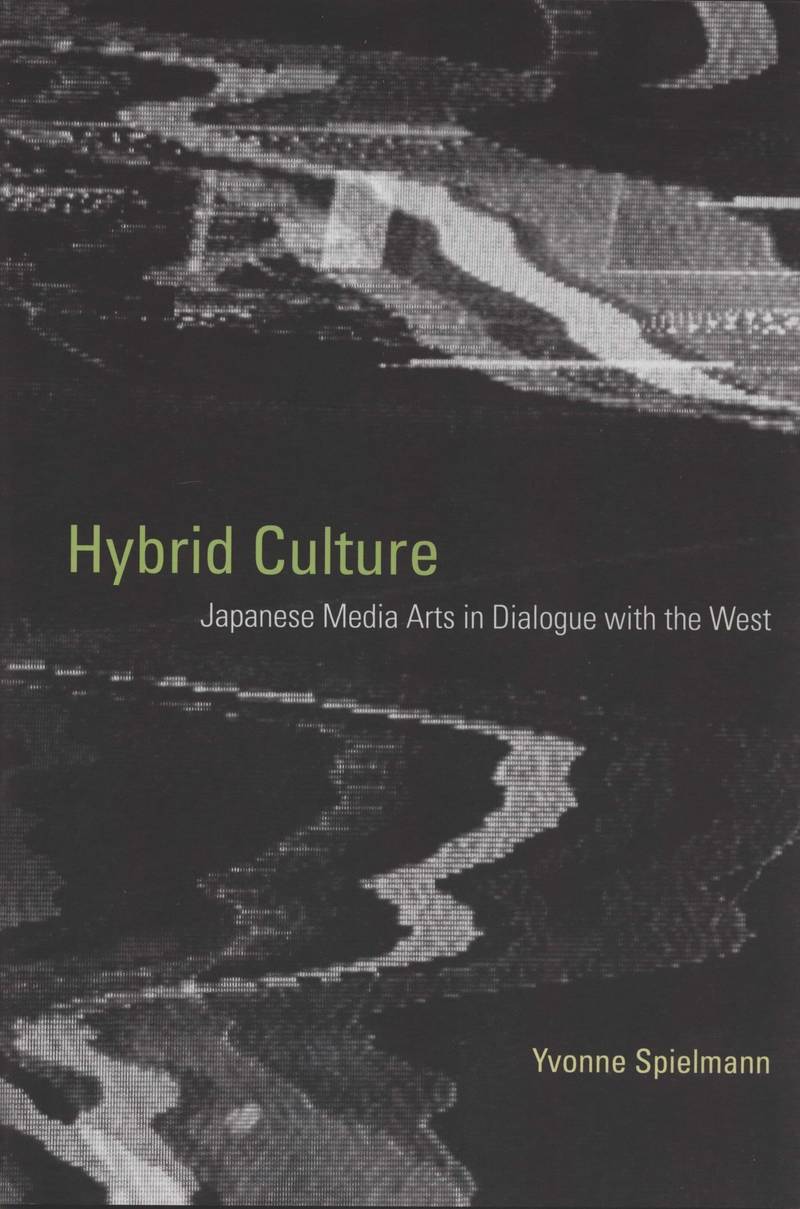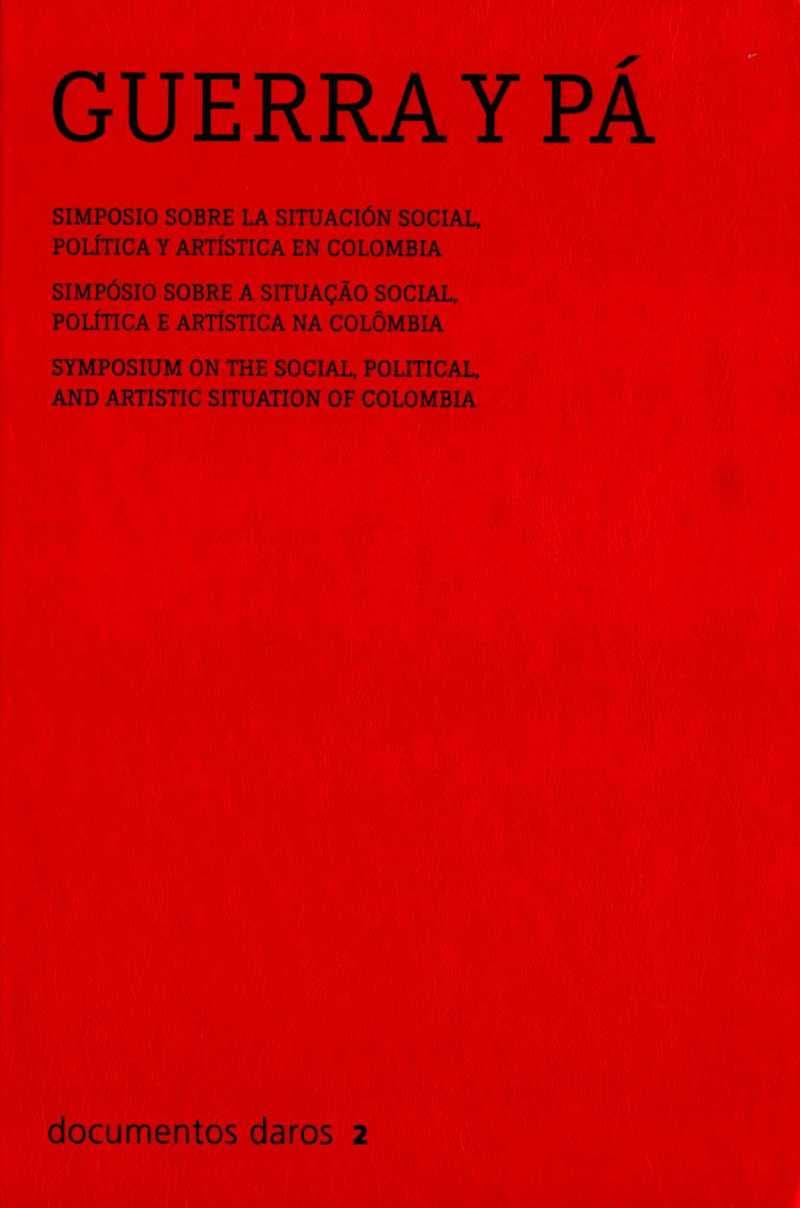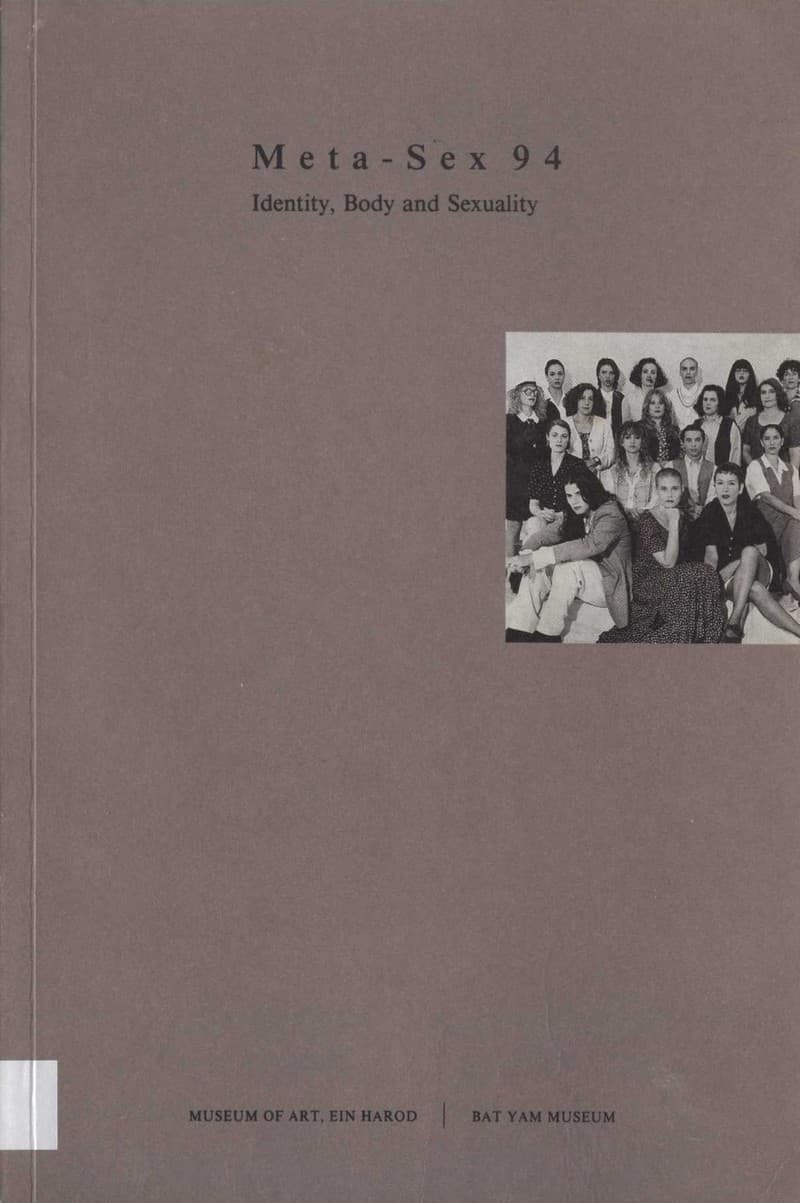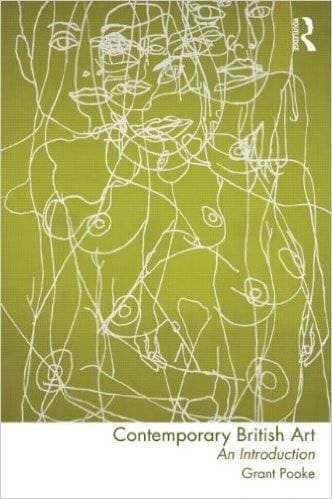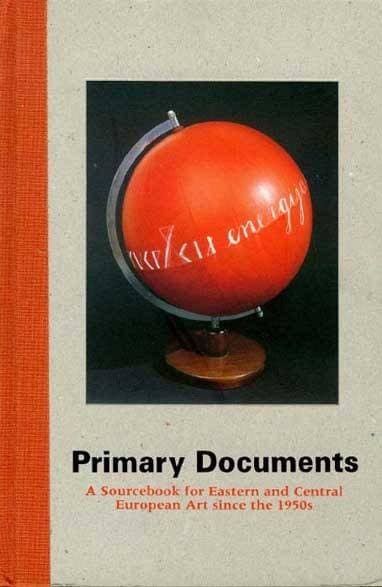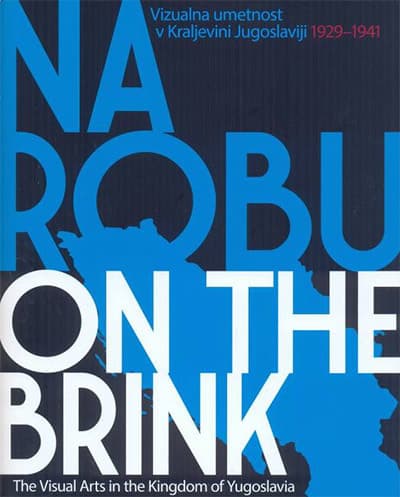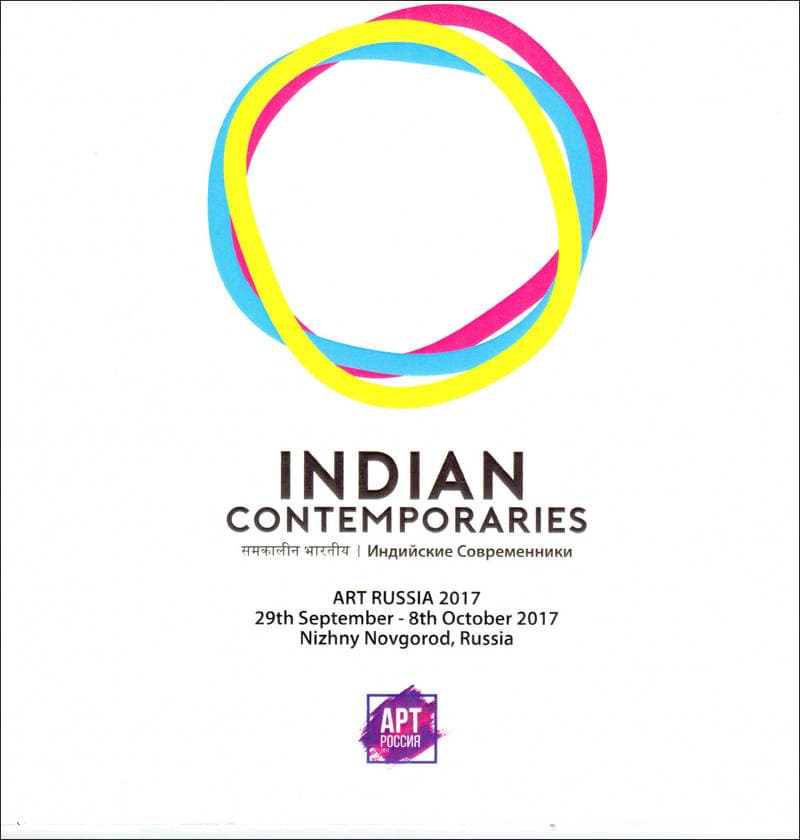Hybrid Culture: Japanese Media Arts in Dialogue With the West
This book grew out of Yvonne Spielmann's 2005–2006 and 2009 visits to Japan, where she explored the technological and aesthetic origins of Japanese new-media art--which was known for pioneering interactive and virtual media applications in the 1990s. Spielmann discovered an essential hybridity in Japan's media culture: an internal hybridity, a mixture of digital-analog connections together with a non-Western development of modernity separate from but not immune to Western media aesthetics; and external hybridity, produced by the international, transcultural travel of aesthetic concepts. Spielmann describes the innovative technology context in Japan, in which developers, engineers, and artists collaborate, and traces the Japanese fondness for precision and functionality to the poetics of unobtrusiveness and detail. She examines work by artists including Masaki Fujihata, whose art is both formally and thematically hybrid; Seiko Mikami and Sota Ichikawa, who build special devices for a new sense of human-machine interaction; Toshio Iwai, who connects traditional media forms with computing; and Tatsuo Miyajima, who anchors his LED artwork in Buddhist philosophy. Spielmann views hybridity as a positive aesthetic value--perhaps the defining aesthetic of a global culture. Hybridity offers a conceptual approach for considering the ambivalent linkages of contradictory elements; its dynamic and fluid characteristics are neither conclusive nor categorical but are meant to stimulate fusions.
Details
Moscow
2013
270 pages
9780262018371
Available on request
Yes
Yes
709.4 Япо
1
- Guerra y pá. Simposio sobre la situación social, política y artística en Colombia/ Symposium on the Social, Political and Artistic Situation of Colombia2006
- Homelands: Art from Bangladesh, India and Pakistan2019
- Meta‑Sex 94: Identity, Body and Sexuality1994
- Spirit of India2017
- Contemporary British Art: An Introduction2011
- Primary Documents: A Sourcebook for Eastern and Central European Art Since the 1950s2002
- Contemporary Japanese Sculpture1991
- Na robu = On the Brink: Vizualna umetnost v Kraljevini Jugoslaviji (1929–1941)2019
- Mexican Muralism: A Critical History2012
- Indian Contemporaries/ Индийские современники2017
- Culture and Consensus: England, Art and Politics Since 19402015
- Искусство нашего времени / Kunst unserer Zeit1997
